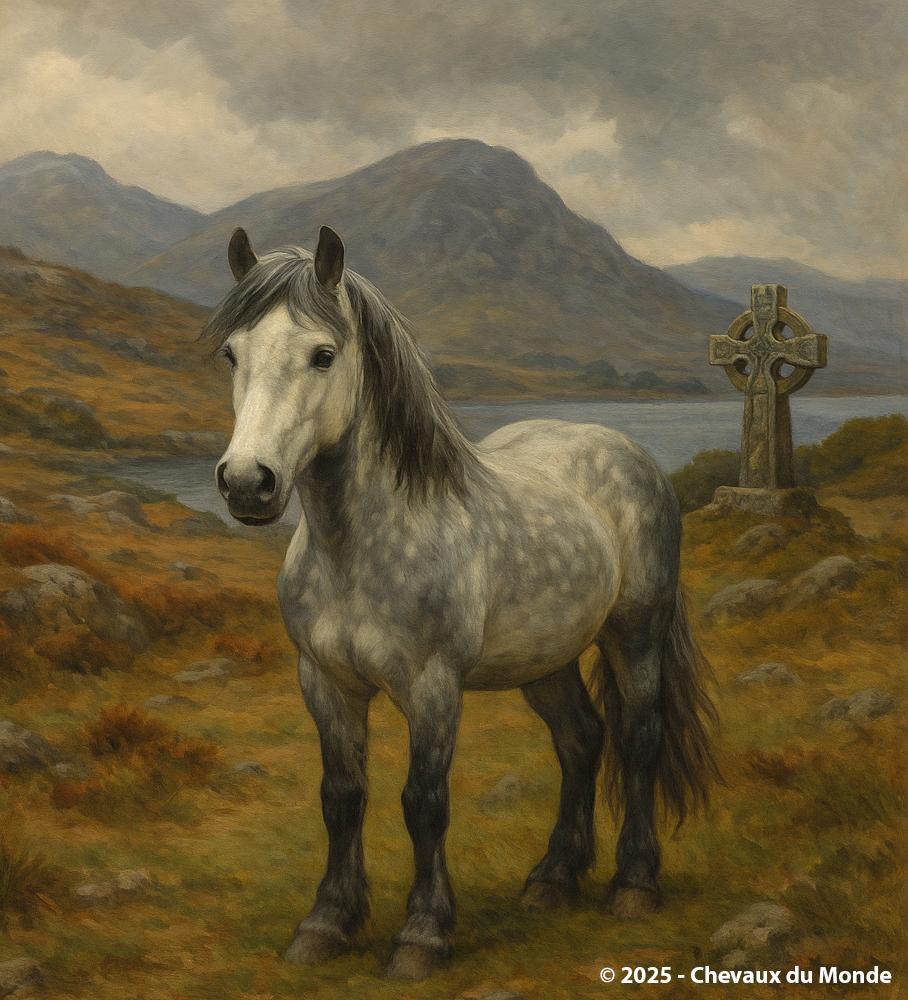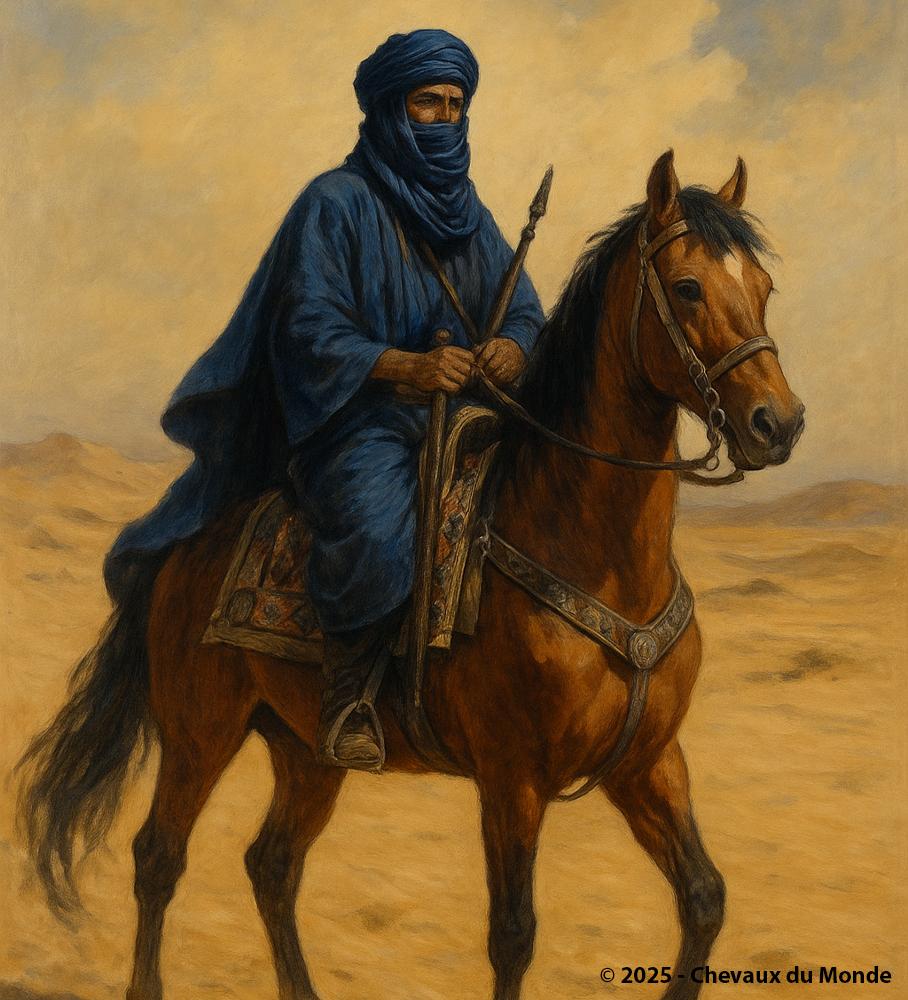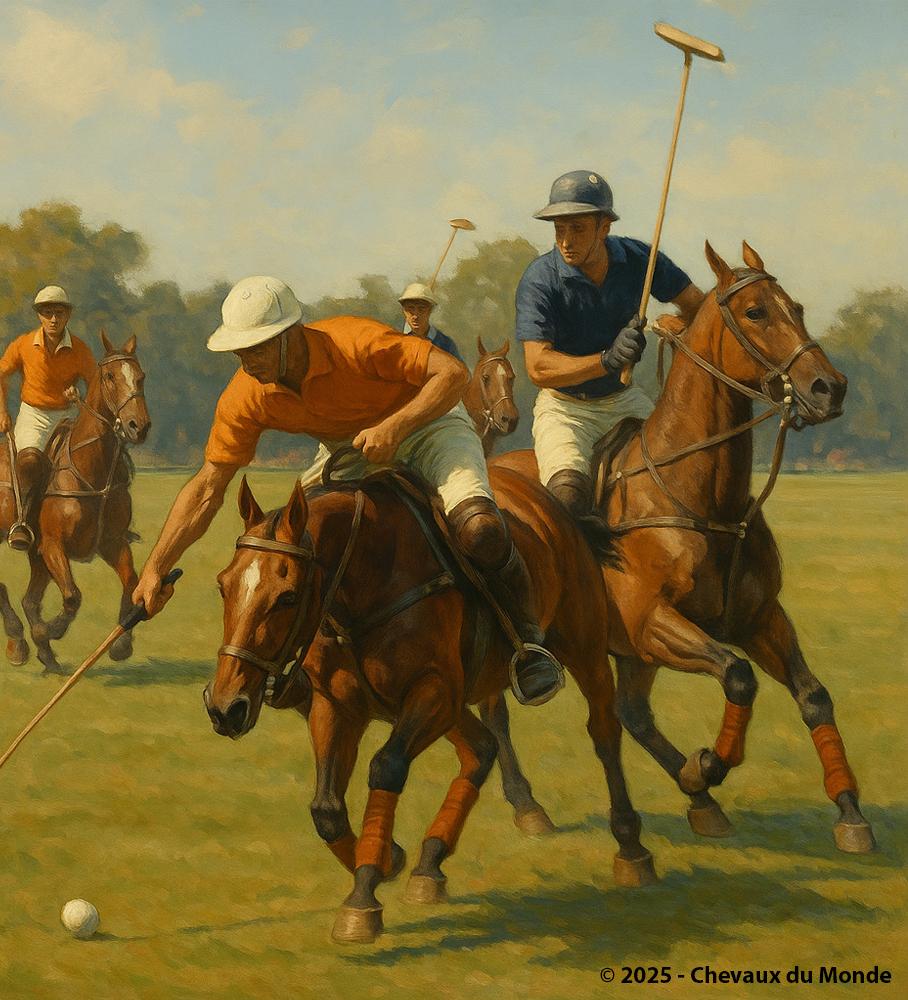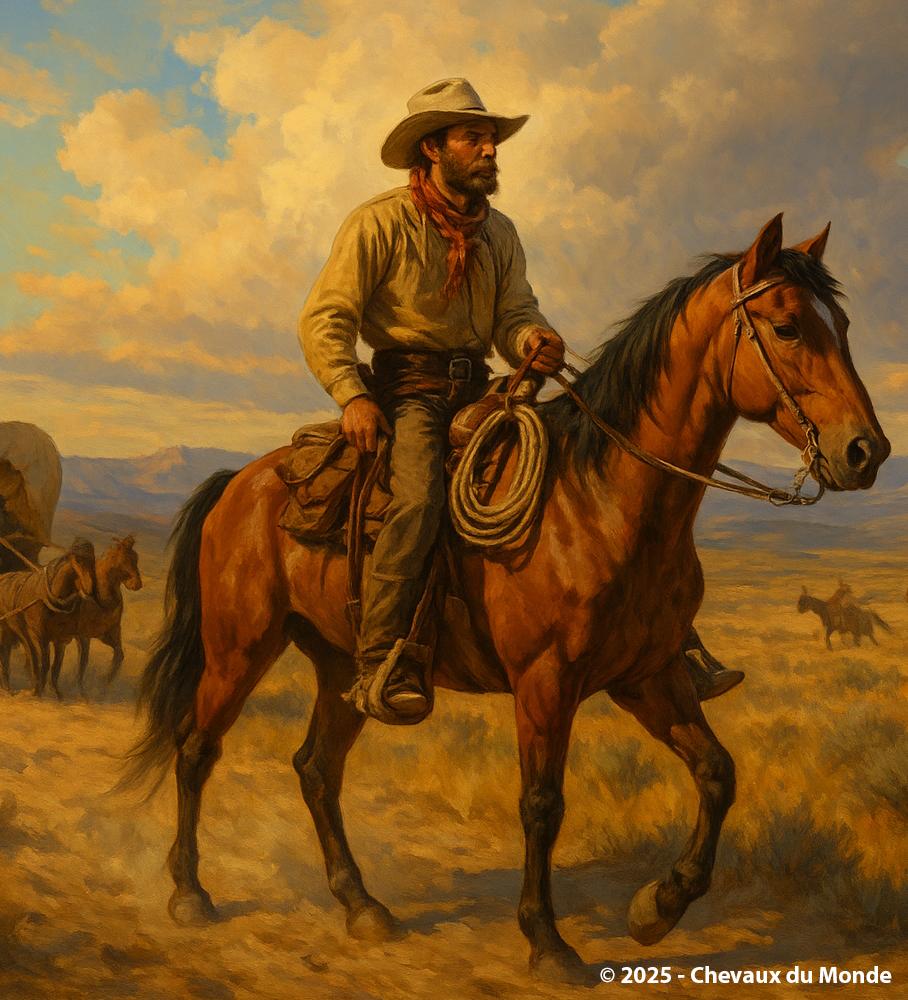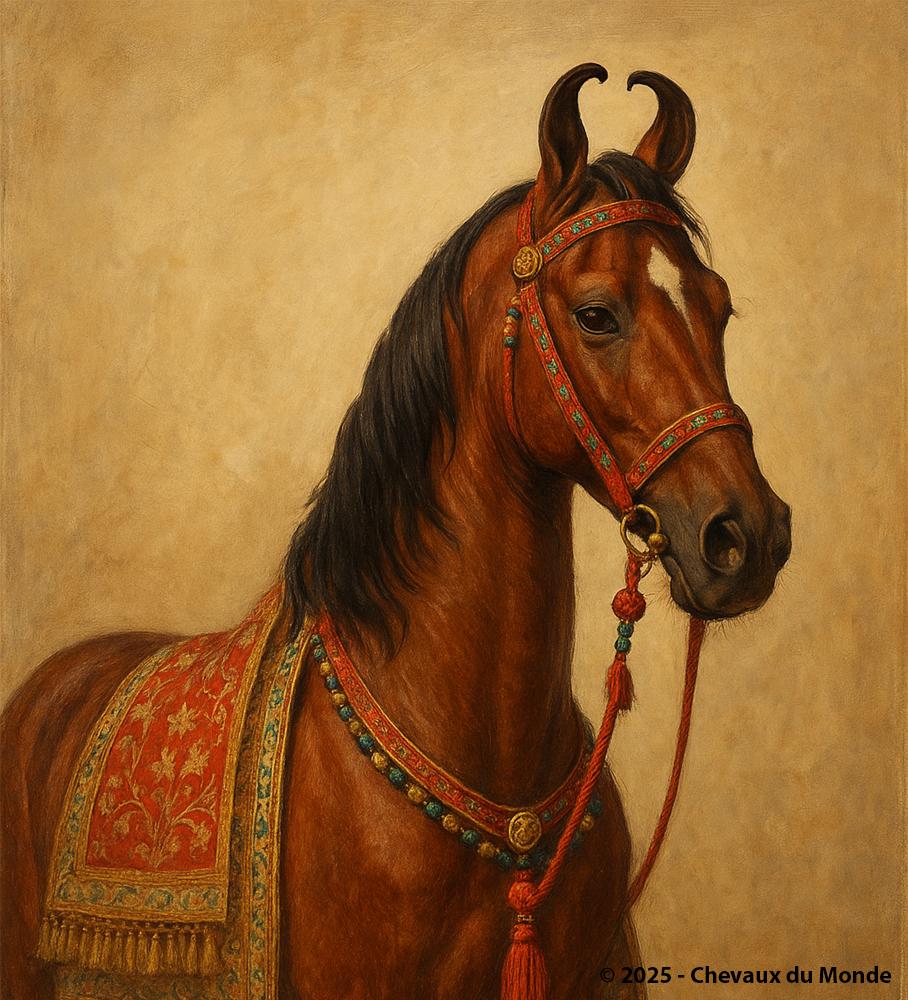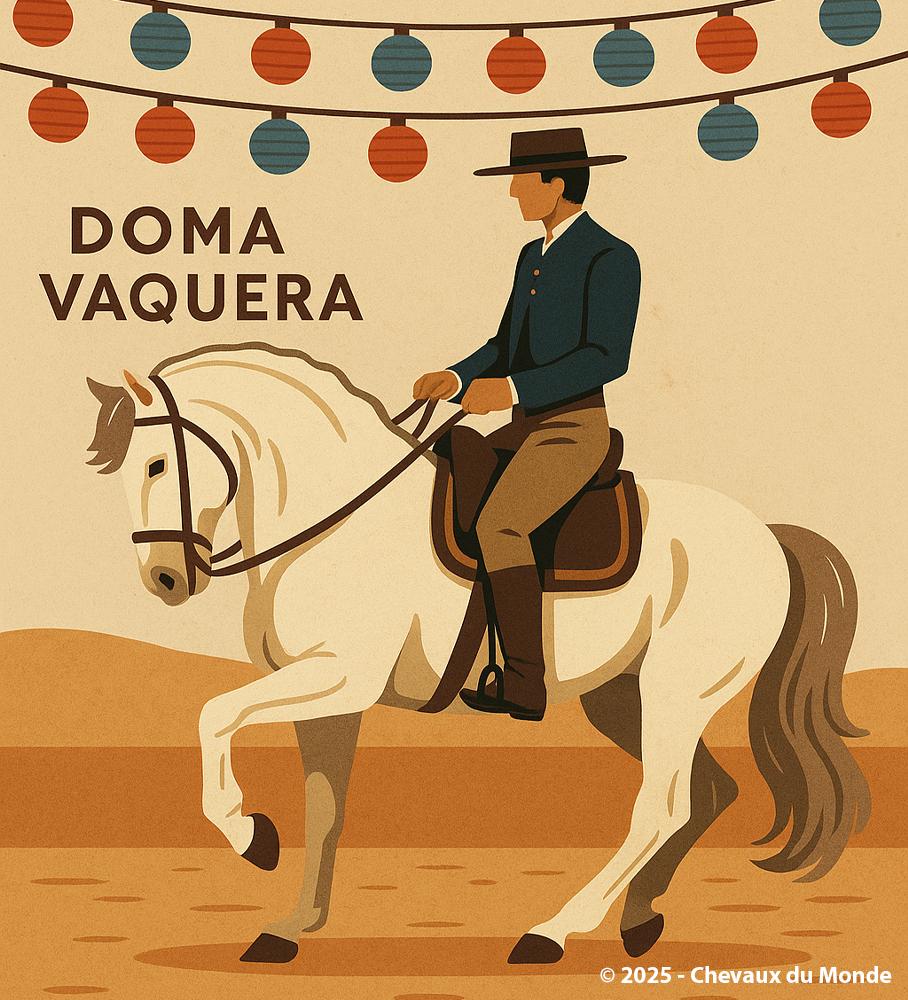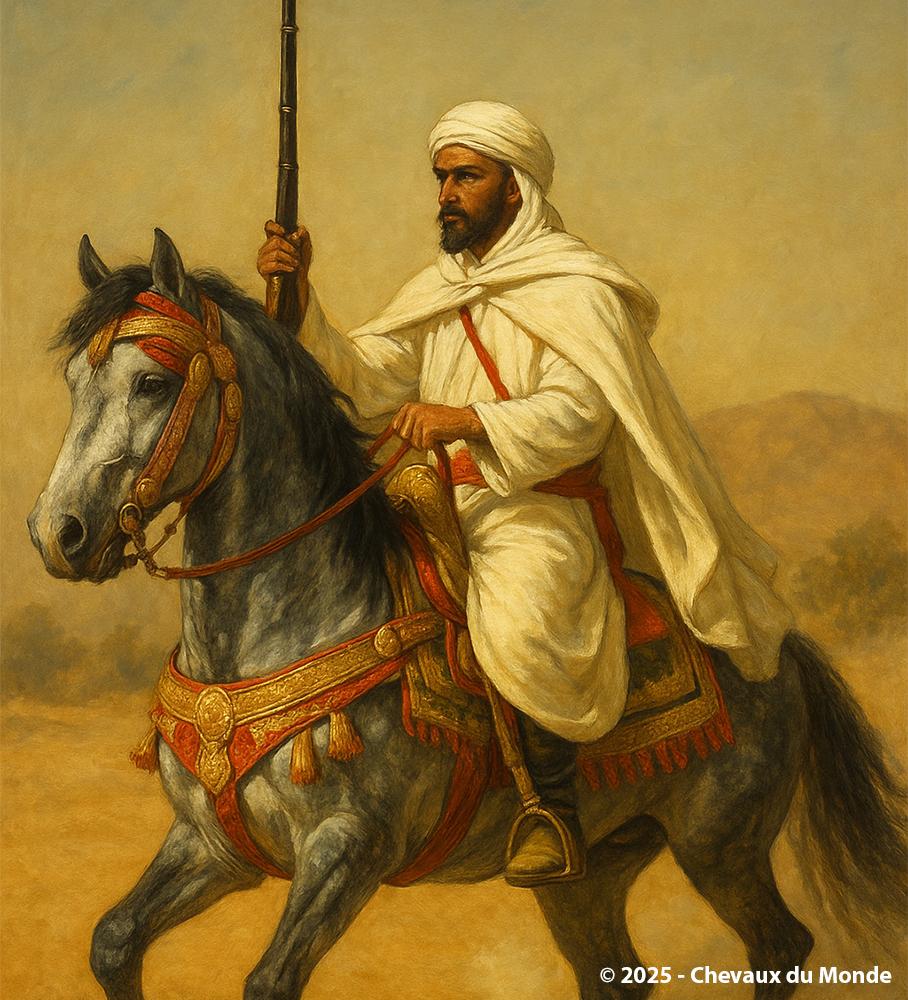JAPAN: YABUSAME, THE SACRED ART OF HORSEBACK ARCHERY

Japan – Yabusame, the sacred art of horseback archery, combines riding mastery with spiritual discipline. Rooted in Shinto traditions, it symbolizes peace, precision, and the harmony between man, horse, and the divine.
Japan has a rich but discreet equestrian tradition, deeply spiritual in essence. Among the ancient martial arts passed down from the time of the samurai is Yabusame, an awe-inspiring display where an archer, riding at full speed, shoots three arrows at wooden targets. More than a performance, it is a sacred offering to the gods, blending mastery of body, horse, and spirit.
Historical Origins
Yabusame traces its roots back to the 12th century, during the rule of shogun Minamoto no Yoritomo. It was designed to train samurai in concentration, inner calm, and precision in motion.
Inspired by older rituals, this mounted archery evolved into a religious and military rite, meant to demonstrate harmony between man, horse, and the cosmic order.
Spiritual Role
Yabusame is not a sport, but an offering to Shinto deities (kami). Each arrow is a prayer, each target hit a sign of divine favor.
Before the ride, the archer undergoes purification through a codified ritual, bows before the shrine, invokes the protection of the gods, and mounts the horse in silent concentration.
The goal is not competition, but spiritual balance and precision, in a sacred communion between man, horse, bow, and sky.
How a Yabusame Performance Works
- The track is about 255 meters long.
- The rider gallops the full length without stopping.
- He carries a traditional asymmetrical longbow (yumi) over 2 meters tall.
- Along the way, he must shoot three wooden arrows at three square targets on the right-hand side.
- Each shot must be perfectly timed, without unbalancing the horse.
- The audience watches in solemn silence. A successful shot provokes cheers, drums, and sometimes even celebratory dances.
The Horses of Yabusame
Horses are selected not for their breed, but for their calm temperament, responsiveness, and ability to gallop straight without hesitation.
Some riders use rare native Japanese breeds like the Kiso, a hardy horse from the central mountains.
The horse is richly adorned, but without armor or heavy gear: fluid movement is essential.
The Mounted Archer
This is no ordinary rider. He must master the Japanese art of archery (kyūdō), follow the samurai dress code, and ride with balance and poise.
He often wears a traditional hunting costume: ceremonial kimono, hakama trousers, a rigid embroidered top, and a lacquered helmet or headgear.
His demeanor is strictly codified: he does not smile, he does not speak he embodies the spirit of ancestral warriors.
Where to See Yabusame Today
Yabusame is still performed today in Shinto shrines, during major traditional festivals. It attracts both Japanese spectators and foreign visitors.
Notable events include:
- Meiji-jingū Shrine (Tokyo) – April and October
- Tsurugaoka Hachimangū Shrine (Kamakura) – Autumn Festival
- Nikkō Tōshō-gū Shrine (Tochigi Prefecture) – Spring Festival
- Shimogamo Shrine (Kyoto) – rarer but highly prestigious
A Strictly Preserved Tradition
Yabusame is transmitted by specialized schools, often tied to the imperial household or historic samurai families. One of the most renowned is the Ogasawara school, founded in the 15th century, which maintains the strict codes of shooting and rider conduct.
Even today, only a few trained practitioners are allowed to perform, after years of intensive training. This deep respect for ritual ensures the authenticity and symbolic power of the gesture.
Further Exploration
Video: "Female Archers Compete in Yabusame Horseback Archery"

